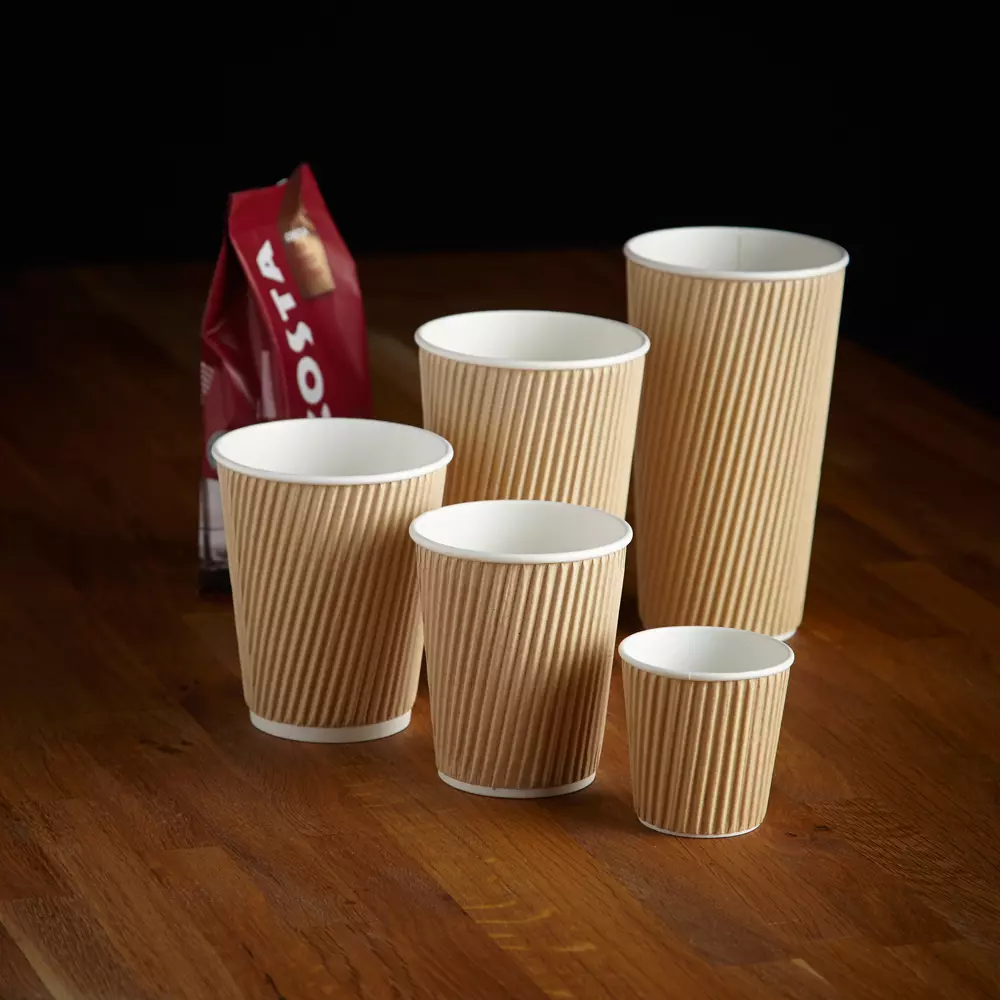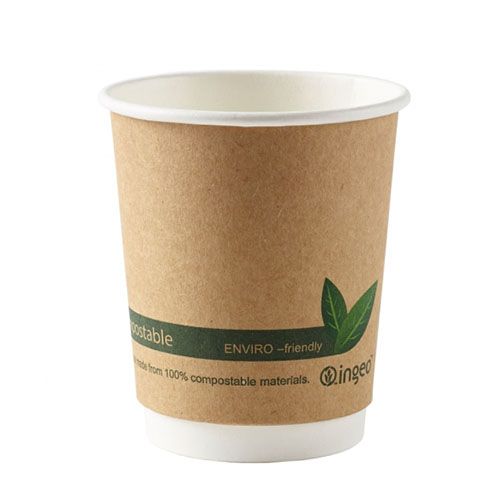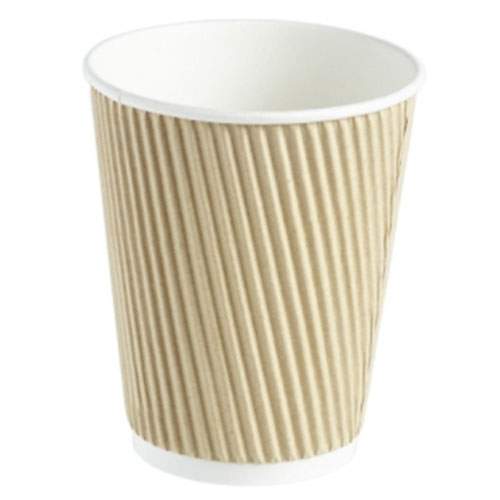7 Surprising Facts About Disposable Cups You Probably Didn’t Know

Disposable cups are everywhere—from morning coffee runs to office water coolers. But beyond their convenience, there’s a lot more to these everyday items than meets the eye. Here are seven surprising facts about disposable cups, including paper cups for hot drinks and other single-use options.
The First Paper Cup Was Invented for Health Reasons
Before disposable cups became a coffee shop staple, they were designed to replace communal drinking vessels in public spaces. In the early 1900s, health concerns over shared cups in schools and train stations led to the invention of the first disposable paper cup, known as the Dixie Cup.
Not All Paper Cups Are Easily Recyclable
While paper cups for hot drinks might seem eco-friendly, some have a plastic lining that makes recycling difficult. Special facilities are needed to separate the paper from the plastic, meaning many end up in landfills instead.
Some Disposable Cups Can Handle Boiling Water
Disposable hot beverage cups are designed to withstand high temperatures, but not all are created equal. Some paper cups can handle boiling water without leaking, thanks to special coatings, while others may warp or weaken over time.
Coffee Chains Use Millions of Disposable Cups Every Year
Major coffee chains serve billions of disposable hot drinks cups annually. Starbucks alone uses around 7 billion cups per year, contributing significantly to global waste. This has led to a push for more sustainable alternatives.
There Are Biodegradable and Compostable Alternatives

Not all disposable cups are bad for the environment. Some are made from plant-based materials like cornstarch or sugarcane, which can break down naturally. However, these still require proper composting conditions to decompose effectively. Checkout our range of Compostable Cups.
Insulated Paper Cups Keep Drinks Hot Without Burning Hands

Modern disposable hot beverage cups often have an extra layer or an air pocket between layers of paper to provide insulation. These “Ripple Cups” help keep your drink warm while preventing heat from transferring to your hands—no sleeve needed!
The World’s Largest Paper Cup Is a Tourist Attraction
Did you know there’s a giant paper cup statue in Riverside, California? Originally a promotional piece for a cup manufacturer, this oversized disposable cup still stands as a quirky landmark.

While disposable cups offer convenience, their environmental impact has sparked debates worldwide. Whether you’re sipping from a traditional paper cup for hot drinks or a compostable version, it’s worth considering how these everyday items shape our habits and the planet.

